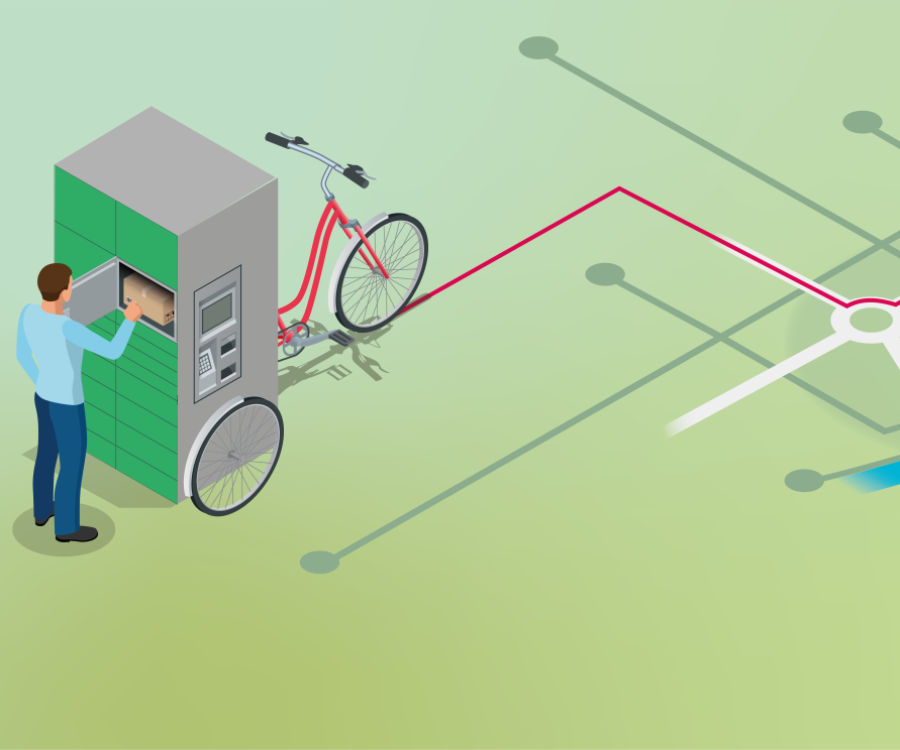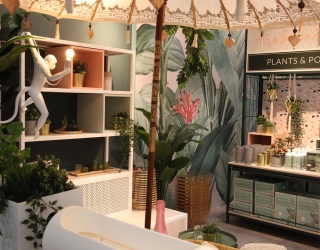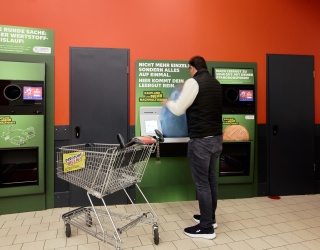Whether by bus, train, suburban railway or underground – public transport should be used more. But why only by us people? That's what the brains behind the CargoSurfer project were asking themselves. Prof. André Ludwig from Kühne Logistics University and project coordinator Anja Sylvester from LaLog LandLogistik GmbH told us what exactly lies behind the idea, what implementation looks like in practice and why a rethink is becoming increasingly important.
What problems do you see when you look at the logistical conditions in rural areas?
Anja Sylvester: The economic power of rural areas has been declining for years due to urbanisation. Nevertheless, studies testify to the enormous potential of these areas and call for investments in their future. Logistics is a prerequisite for economic success. Due to small volumes and long distances, classic distribution systems of CEPs (courier/express/parcel service providers) and freight forwarders are often not profitable in rural areas – not to mention the own vehicle fleet of local companies and businesses.
How could these shortcomings be remedied?
André Ludwig: The best way to quickly improve logistics is to consistently use free transport capacities of already planned trips. An area-wide offer results from additional or combined freight transport in passenger transport, especially on road and rail in public passenger transport - i.e. local public transport. This is the basic idea behind our "CargoSurfer" project.
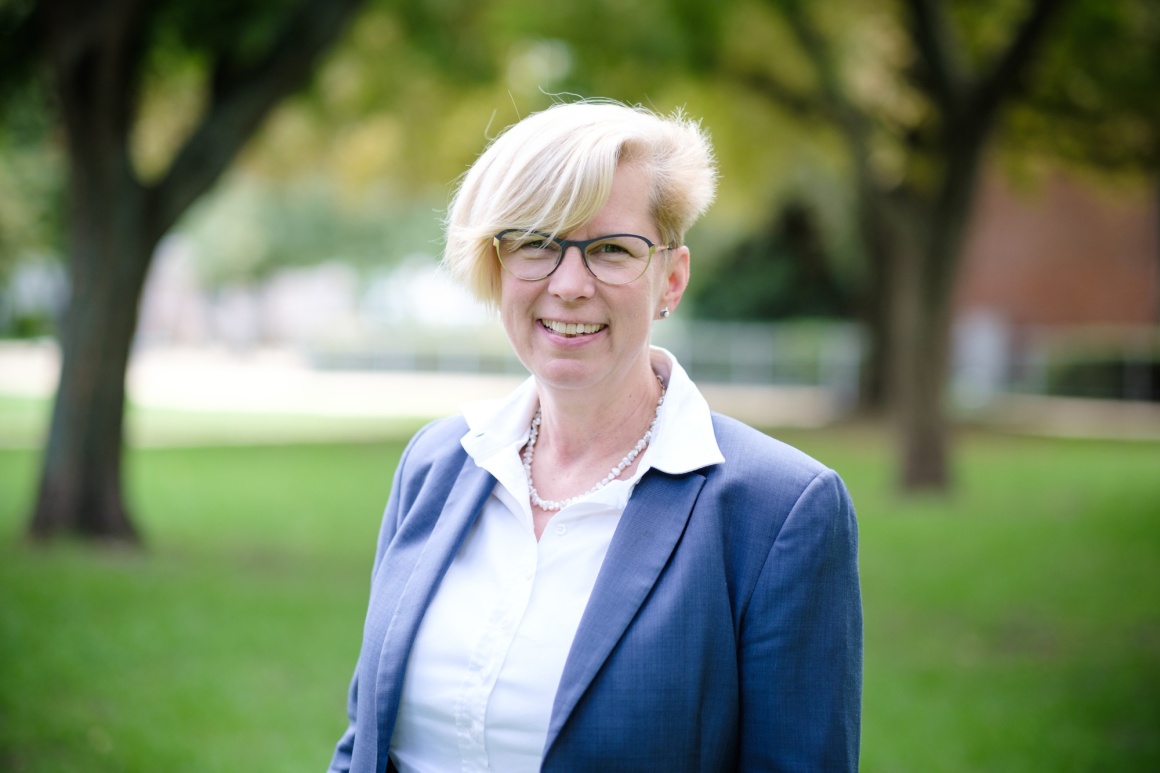
What role do changing customer demands and the transformation of society play?
Sylvester: An interplay of different phenomena is currently having an effect and demands new solutions in the logistics sector: demographic change in rural areas, the constant progress of digitalisation, the concentration strategy of the economy, the current energy crisis, the lack of personnel or a lack of systems thinking, but also increasing environmental awareness and convenience on the part of us as end consumers are leading to changes. The "CargoSurfer" can mitigate some of the challenges, will provide some food for thought on how synergies can be used, and that would already be a complete success.
And you have developed something for that, right?
Ludwig: That's right, we at Kühne Logistics University (KLU) are developing forecasting and control methods based on artificial intelligence (AI) techniques as part of the CargoSurfer platform in order to reliably bring the freight transported by public transport to its destination.
What advantages does this offer traders and customers?
Sylvester: We can list a few:
- Strengthening of logistics relations between the countryside and the city
- Creation of a new logistics option for local and supra-regional goods transports
- Opening up new sales markets for regional producers and traders
- Time and cost savings for businesses and end customers through the elimination of their own costly journeys
- Networking and better utilisation of existing journeys
- Additional financial contribution margins for hauliers and public transport through freight transport.
But there is also added value for our municipalities: the regional value chain is increased, new business models are developed, which also creates new jobs or stabilises existing ones. Local supply and local mobility are also improved. Another plus point: the reduction of emissions through the use of existing journeys (climate protection strategy). In addition, less land is used.
The mFUND project "CargoSurfer" is based on various feasibility studies that were initiated and processed by LaLoG LandLogistik GmbH. These include in particular the two predecessor projects "kombiBAHN Nordhessen" (BMDV mFUND funding) and "MikroLogistik SPESSARTregional" (Leader funding by SPESSARTregional e.V.). The project partners involved in "CargoSurfer" alongside LaLoG LandLogistik were cantus Verkehrsgesellschaft, Regionalverkehr Main-Kinzig, Trapeze Group, Behindertenwerk Main-Kinzig, Gutes aus Waldhessen, Spessard Regional and were won over for the project to achieve implementation in two project regions in Hesse.
How exactly can I imagine the whole thing being implemented? A package "gets on" the train and then what?
Ludwig: The transport of goods on regional trains is done in cooperation with a service provider. Those railway stations that are suitable for logistics activities will not only have a so-called MicroHub where the freight can be buffered and temporarily stored, but it will also be ensured that a logistics partner brings the collected consignments to the railway and also collects them again from there. On the other hand, feeder and collection journeys can be taken over by the consignors and consignees of the goods, but also by the logistics service providers themselves. This means that people are involved who help the parcels "transfer" and travel the last mile with them, for example in a van.
Back to the "back office": What technologies are used in the "CargoSurfer"?
Sylvester: The CargoSurfer platform is being developed on the basis of an on-demand software application by Trapeze Group Deutschland GmbH for booking and transport management in passenger transport that has already been launched on the market. The platform will include various mobile apps that will integrate shippers, drivers, consignees or service providers in the handling process and provide them with the necessary information.
What are these functions?
Ludwig: For example, triggering bookings, informing about delays or planned envelopes, or even confirming delivery. To ensure reliable transport execution, an AI-based forecasting and control system predicts delays and resulting connection conflicts. On this basis, corrective measures are derived, which can, for example, range from informing all those involved in the process to rescheduling the transport sequence.
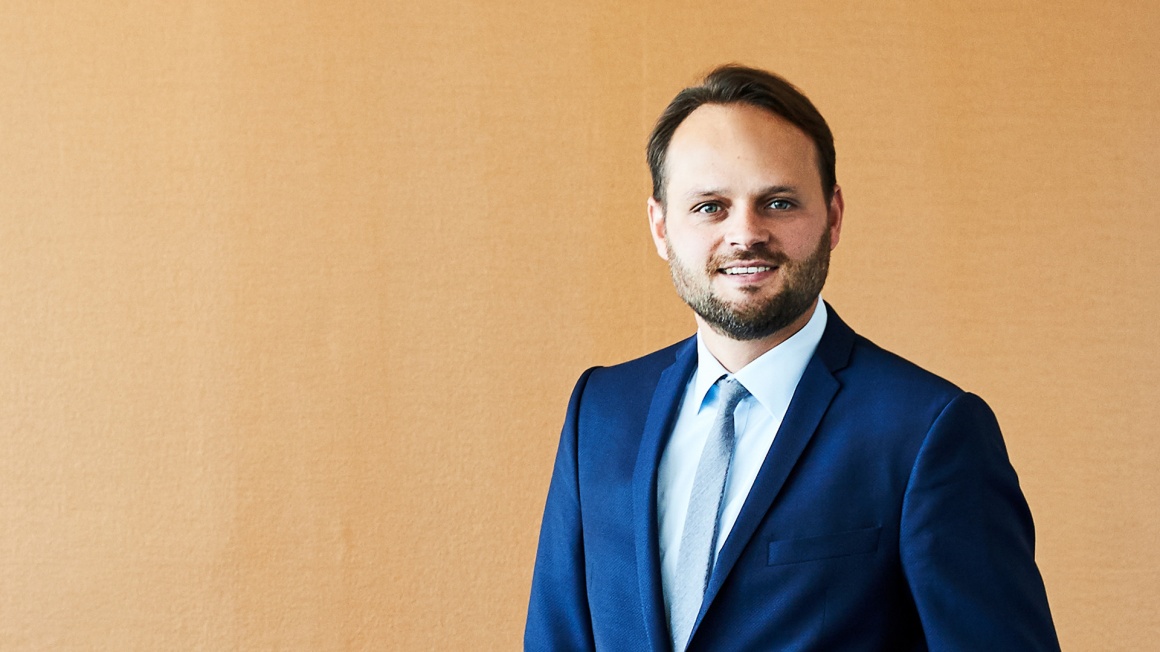
What do traders have to do or provide in order to use CargoSurfer?
Sylvester: In order to use CargoSurfer, traders need at least one mobile device. After registration in the system and activation, the transport order can be triggered and tracked. In addition to the mobile application, APIs (Application Programming Interfaces) are also provided with which the CargoSurfer platform can be directly connected to the merchandise management system of a trading company.
The project has picked up speed since its launch: What is the current state of affairs and what is planned for the future?
Ludwig: The project is currently in the process of developing and adapting the software application. In the past few months, we have conducted extensive persona analyses and user surveys in order to be able to digitally map logistics processes in a practical way and to align the system with the requirements of the users. In addition, KLU has been working on AI forecast modelling in order to be able to methodically place incident management alongside "CargoSurfer". A first prototype application is planned for late summer 2023 to test the tool with test users in the two project regions.
A look into the future: What do you think deliveries and delivery will look like in 15 to 20 years?
Ludwig: In terms of the combination of goods and passenger transport, in 15 to 20 years customer orders will be bundled by address, picked and delivered and distributed locally exclusively by a single loading space provider in the area via central hubs. To ensure less traffic, all haulage companies, postal and parcel service providers cooperate with each other in the city and the country. Cities and municipalities reinforce this behaviour with a bonus and malus system.
Sylvester: Overall, passenger and freight transport are understood, planned and implemented as a system. This has an impact right down to vehicle design and infrastructure use. Cross-provider parcel stations, standardised, automated moving containers and people movers, a white-label parcel sticker, local 3D printing, but also corresponding regulatory adjustments round off the topic to enable an economically feasible inter- and multimodal transport chain, reduce distances and build up local supply, especially in rural areas.


